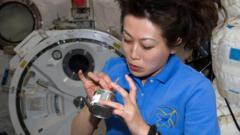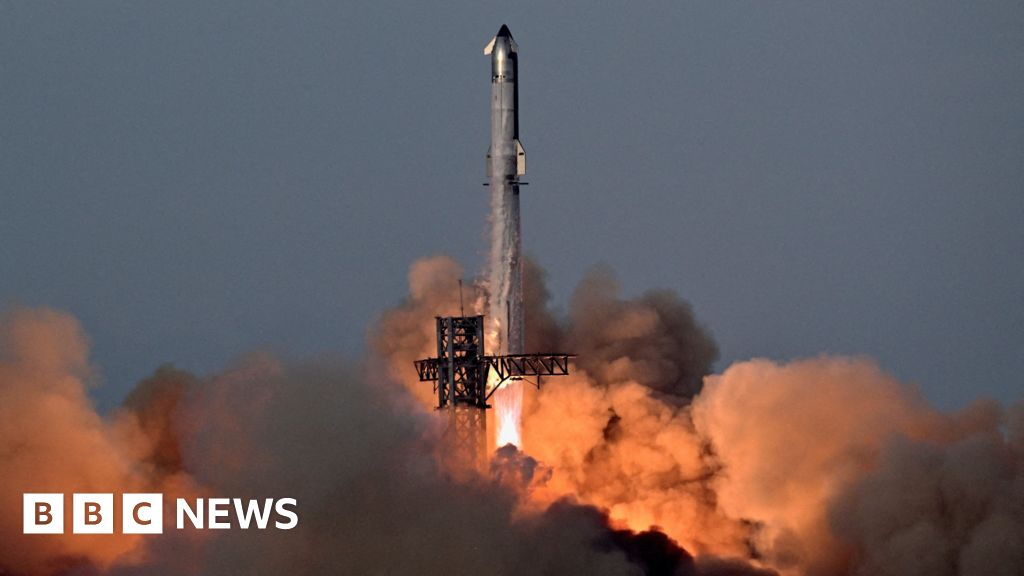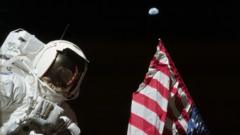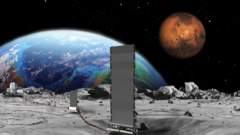Space exploration faces numerous challenges, one of which is the sustenance of astronauts during extended missions. In a groundbreaking initiative, a European Space Agency (ESA) project launched recently is experimenting with growing lab-grown food in space. This innovative approach to nutrition aims to tackle the exorbitant costs of providing food for astronauts, which can reach £20,000 per day.
The experiment, sent into orbit aboard a SpaceX Falcon 9 rocket, is set to assess the feasibility of cultivating essential food components such as protein, fats, and carbohydrates under the unique conditions of lower gravity and increased radiation. A successful outcome is a critical step toward establishing a small food production facility on the International Space Station anticipated in the next two years.
Dr. Aqeel Shamsul, the CEO of Frontier Space, spearheads this project along with researchers from Imperial College, London. He emphasizes the necessity for advanced food production systems in the quest to transform humanity into a multi-planetary species. With the potential for creating "factories in orbit and on the Moon," the focus on self-sufficiency in space food production is becoming vital.
Currently, astronauts rely on pre-packaged freeze-dried meals that lack the flavor and variety found in home-cooked meals. Lab-grown food presents an opportunity to alleviate this problem by combining food ingredients produced in bioreactors. These ingredients can then be processed into traditional dishes, enhancing the dining experience for astronauts.
To demonstrate the technology, a mini bioreactor containing genetically engineered yeast used for producing vital nutrients has been launched into space. Scientists are hopeful that the experimentation will yield results facilitating the construction of a larger bioreactor for next-year missions.
Challenges remain, particularly regarding the appearance of lab-grown food, which has yet to appeal visually. Imperial College's culinary designer, Jakub Radzikowski, is exploring various recipes using natural ingredients while awaiting regulatory approval for lab-grown ones. His aim is to create globally diverse, comforting meals that resonate with astronauts from different backgrounds.
Former astronaut Helen Sharman has already tasted early culinary creations and expressed excitement about the futuristic potential of lab-grown food. The implications of this research extend beyond just flavor; it could be a game-changer in meeting the nutritional needs of astronauts facing dietary challenges during long-term missions.
As space agencies and private enterprises plan for a sustained presence on the Moon, Mars, and beyond, the advent of lab-grown food may become a cornerstone of future space travel, ensuring that astronauts not only survive but thrive in their off-world environments.
















